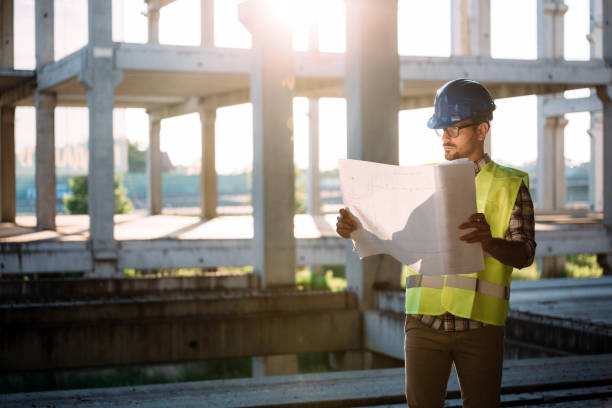
More often than not, a construction site looks more chaotic than anything else. However, without a clear structure and method of organisation, you can risk misplacing items, missing deadlines, and, most importantly, injuring a member of staff.
When you have a perfectly optimised construction site you can:
- Move materials around easily
- Shorten distances for transportation
- Maximise the safety of employees and materials
- Implement controls to limit material waste and breakage
All in all, the benefits to keeping a clear construction area far outweigh the negatives. In this blog, we will be sharing our top tips when it comes to creating an efficient, safe, and productive building site. Keep reading to find out what they are.
Create a Central Hub
Think of your central hub as the heart of the construction site. This is the area in which all important documents and records can be kept. If employees are lost or unsure of their next step, they can always come to the central hub to get up to speed.
Enforce the Use of Punch Lists
In the construction industry, it’s vital that your project specifications line up with the details outlined in the contract. Ensuring everyone on site uses a punch list can help improve efficiency and avoid silly mistakes. Examples of some construction punch list items include tasks like replacing chipped baseboards or touching up paint in the bedrooms.
Conduct Daily Clean Ups
Clutter is the enemy of progress. Having countless items in the way is only going to make conducting simple tasks much more complicated. Establish some sort of daily clean up routine to ensure everything remains in its place and clutter-free.
Implement a Waste Management Plan
Before you can implement a waste management plan, you’ll need to identify which areas generate the most waste. Once you have a clear idea of your habits, you can make the necessary changes to reduce this waste. For example, you could implement a recycling program to reuse old materials.
Encourage Clear and Constant Communication
When you’re working with numerous teams and employees, you’ll need to ensure communication is as clear and constant as possible. Don’t try to micromanage teams with information, but do schedule regular meetings to update everyone with the latest news.
Create a Flow of Traffic
Last but not least, creating a flow of traffic helps promote smooth transportation and minimises the risks of on-site accidents. Think about basic necessities such as where materials will be stored, where vehicles should park, and how employees will utilise the equipment.
At the end of the day, you have got to put in the effort if you expect to see results. Make sure to take on these tasks full heartedly. Don’t be afraid to make tweaks and changes as you go along to improve your efficiency. You can conduct mid-project reviews and collate feedback from staff to see if there are any other methods that could help keep the construction site as organised as possible.











